1000 Deaths Review: A Quirky Speedrunner | The Gamerheads Podcast
- Roger Reichardt

- Aug 6
- 3 min read
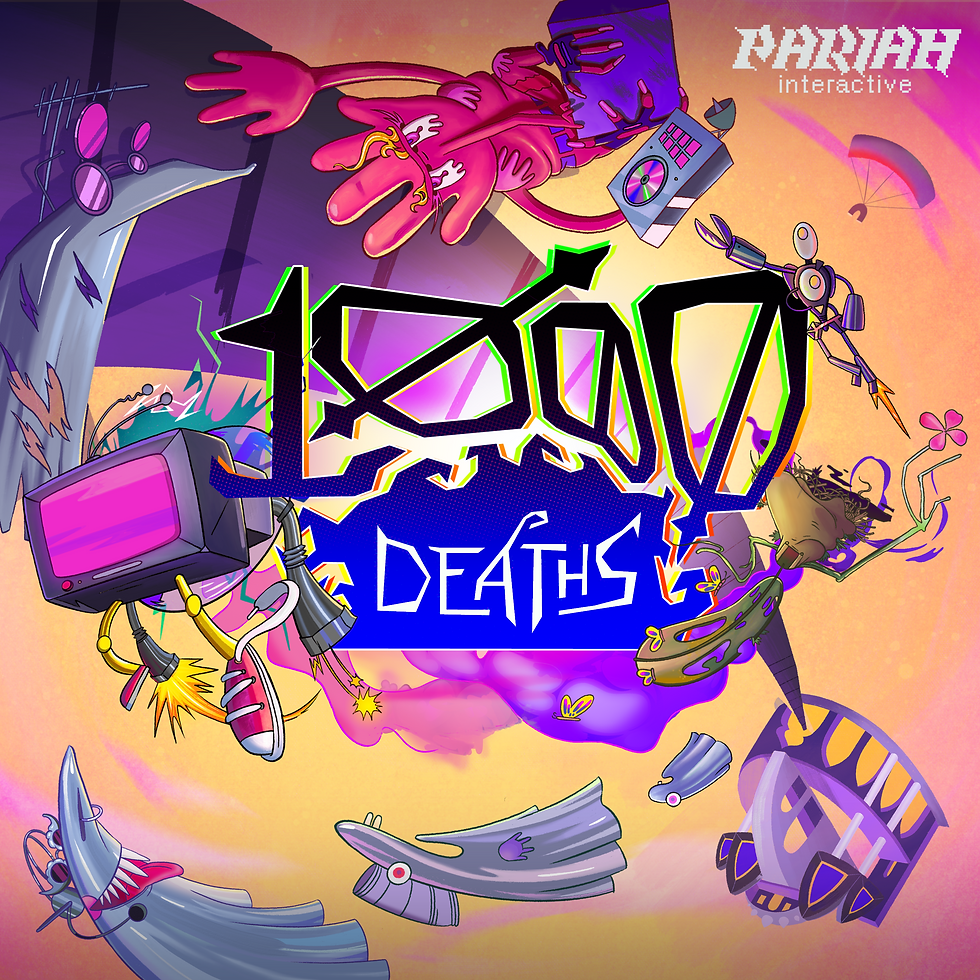
Platform reviewed: PC (Steam)
It’s hard not to compare Donkey Kong Bananza to 1000 Deaths. They’re both platformers, but Bananza leans heavily into story while 1000 Deaths feels more like an arcade game that wants to be story-driven. One feels polished, the other rough around the edges. On top of that, the camera angle combined with the bright, flashy backgrounds and character movement in 1000 Deaths actually made me feel sick. I wanted to like it but it just didn’t hit the mark for what I expect from a finished game.

1000 Deaths is a speedrunner’s playground with a story woven into its platforming. I start off playing as… well, some kind of rat? Or a ghost? Maybe a shark? Honestly, I’m not sure—just some strange creature named Vayu, looking back on their life and wondering what would’ve happened if they’d made different choices. That’s where the platforming comes in: while reflecting on my life choices, I dive into this headspace where I play as a TV and have to collect a certain number of TVs in each level to move on. Beating a level opens up a short vignette showing one of the character’s past choices, and finishing all the levels in that headspace lets me actually pick how things play out. It’s clever as my decisions branch the story and keep me coming back for different outcomes. As I progress, I play as other characters too, and every choice shapes their narrative.
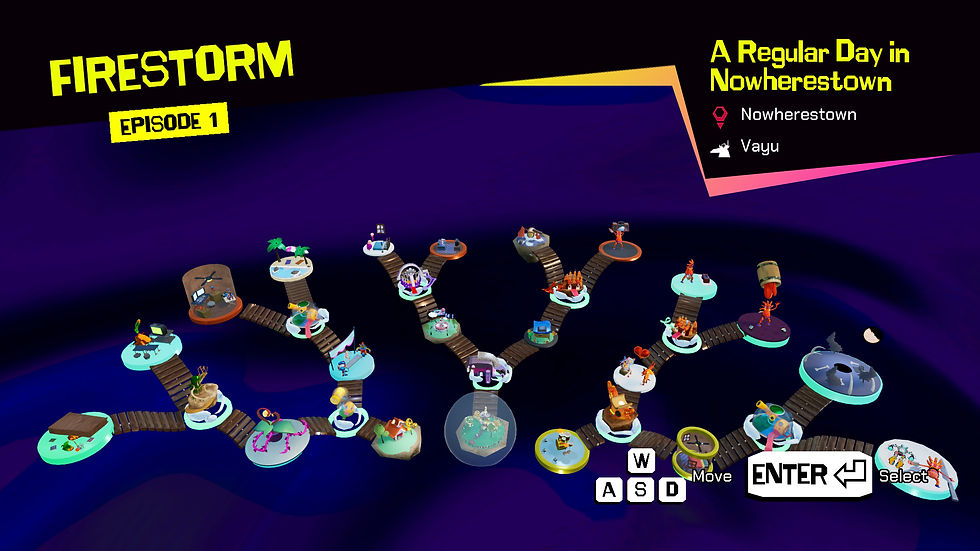
There are a few things 1000 Deaths does really well. First, I love that I can choose to speedrun the levels, trying to rack up as few deaths as possible; or just not care and take my time. The choice is mine, and trust me, in quite a few of these levels I died… a lot. The level design is also well constructed. They’re tough but short enough that failure doesn’t feel too taxing. Some levels have me walking upside down, trying to figure out the best route to collect all the TVs I see. Others have me bouncing across moving platforms, dodging instant-kill obstacles, and leaping over gaps just to grab that one last TV on the other side.
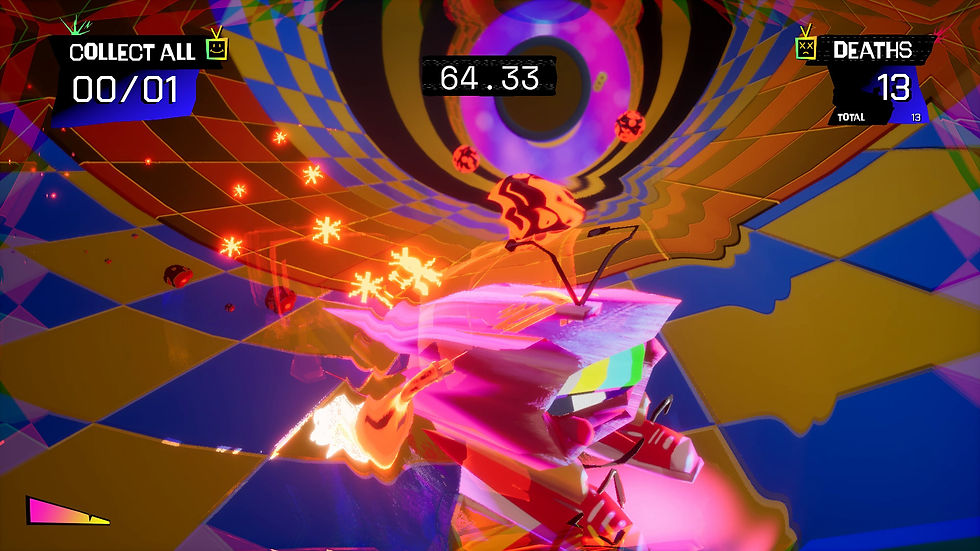
I didn’t care for the overall aesthetic of the game. The characters and levels feel like something out of a PS1-era title. If that’s the style the developers were aiming for, that’s fine, but what really took me out of the experience was how the characters, objects, and platforms looked like they were straight out of an asset store. For example, some of the floors are checkerboards that didn't look constructed specifically for the level; yet other material on objects looked like it was a prebuild found in Unity. These elements felt like they didn’t belong together, almost like the art styles were clashing. On top of that, the color scheme combined with the bright lights made me feel nauseous.
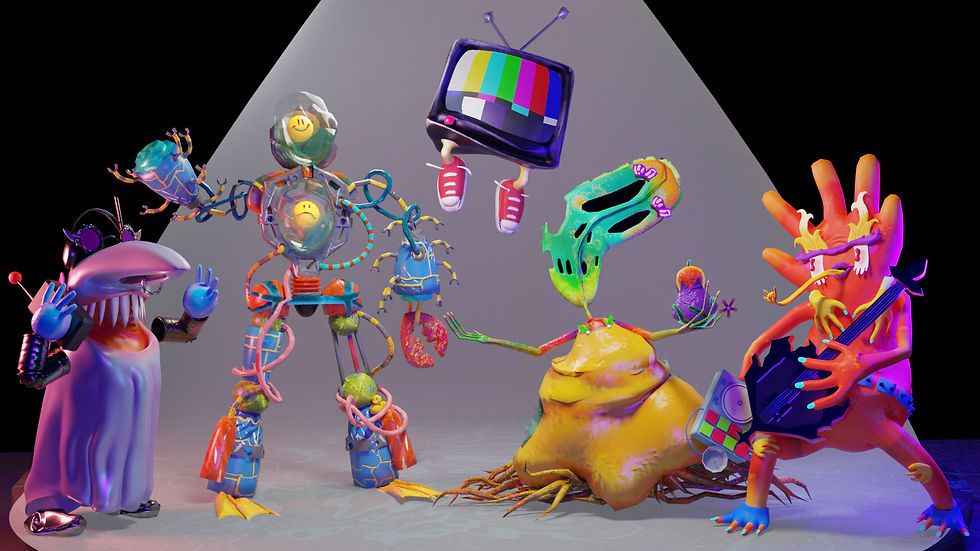
The camera positioning and character movement also added to my discomfort. The camera feels ridged to the TV character I’m controlling, and any movement twists my stomach in knots. Dodging obstacles becomes unnecessarily difficult, especially when I’m standing on a moving platform and, out of nowhere, a fireball appears in its path. Perspective is hard to judge. All this leads to frustrating platforming moments where I can’t see what’s going to kill me until the very last second. Then there are the spinning platforms; when I’m on them, I completely lose my sense of where I am. The constant spinning made me pause several times just to keep from getting sick.
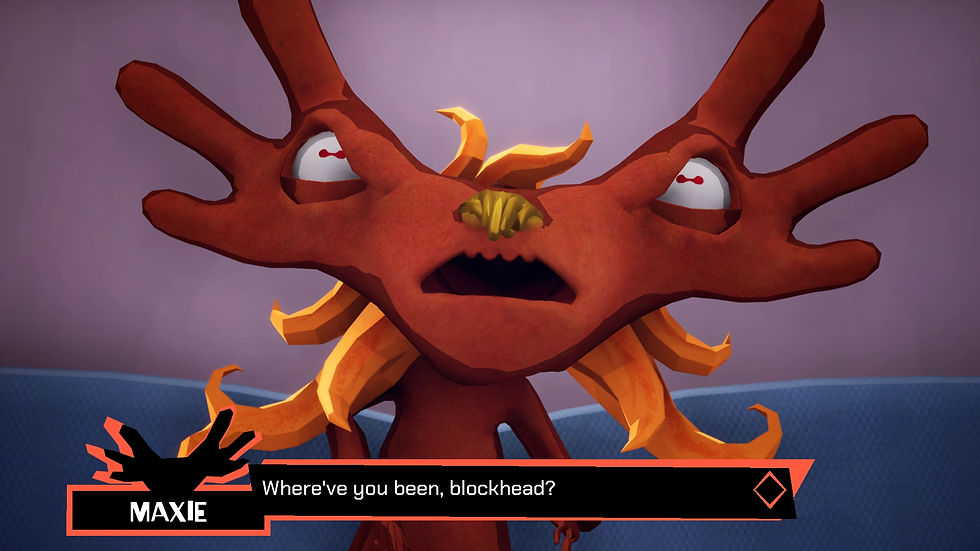
And while I appreciate the game’s effort to tell a story, I never really connected with the characters. I don’t know if it’s the writing, the design, or maybe both, but I just didn’t care about their predicament or the choices they made. Some paths even end with a character dying, and there’s nothing I can do about it. For example, one moment I’m running on a mountain, then suddenly I’m chased by a bear—a cutscene kicks in, and my character just dies. I didn’t really get what happened. My only guess is that the path is just a dead end.
Final Grade: C+
1000 Deaths is an interesting concept with elements speedrunners will appreciate and a solid foundation in some of its level design. Unfortunately, the camera, movement, and clashing aesthetics often caused motion sickness for me, taking away from the overall experience. While I appreciate the story-driven choices, I never connected with the characters—they felt flat and uninteresting. If you’re looking for a story-driven platformer, Donkey Kong Bananza delivers a much better experience. If arcade-style speedrunning is your thing, this might be worth checking out—but with options like Neon White available, it’s hard to recommend this one over more polished alternatives.
Review code provided by Stride PR







Comments